Kyusu, which translates to “teapot” in Japanese, is a traditional and iconic vessel used for brewing and serving
The Japanese Tea Pot Kyusu features a distinctive side handle and a built-in strainer, making it convenient and easy to use. It is available in various materials, such as clay and porcelain, each offering unique characteristics that can enhance the
Whether you are a
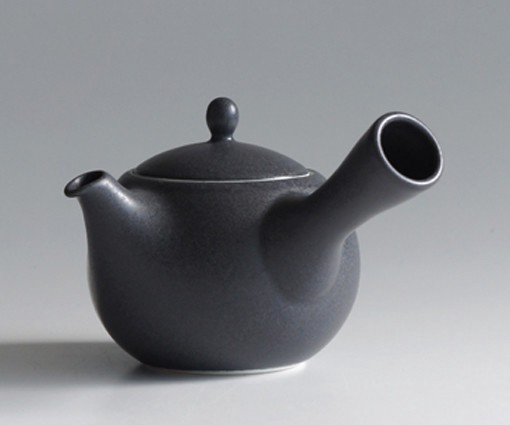
Key Takeaways
- Kyusu, or “teapot” in Japanese, is vital for brewing green
tea , deeply rooted in Japanesetea culture. - Japanese
Tea Pot Kyusu features side handles and built-in strainers in materials like clay and porcelain. - Nagatani Soen, a 17th-century craftsman, revolutionized
tea brewing, introducing the Kyusu teapot. - Types include Yokode Kyusu (side handle), Ushirode Kyusu (back handle), Hohin Kyusu (small teapot), and Flat Kyusu-Style Teapot (even heating).
- Factors like material, design, and intended
tea type influence Kyusu choice. - Insights on brewing green, black, and oolong teas with Kyusu’s multiple infusion capabilities.
- Kyusu filters—metal for ease, clay for authenticity—based on personal preference.
- Care involves rinsing with hot water, avoiding soap, and air-drying for longevity.
 Nambu Tetsubin Cast Iron Tea Pot
Nambu Tetsubin Cast Iron Tea Pot Elevate your tea rituals with authentic Japanese Nambu Tetsubin tea pots, blending timeless artistry with exceptional functionality. Uncover the rich history of these cast iron treasures, experiencing the legacy that has enchanted tea lovers for centuries. Dive into the captivating world of Nambu Tetsubin and enhance your tea experience. Explore Nambu Tetsubin today!
- The Nambu Tetsubin's high-quality cast iron construction ensures exceptional heat retention, keeping tea hot for an extended period.
- The porous nature of cast iron interacts with tea flavors, enriching the brew with a distinct richness and depth over time.
- Handcrafted by skilled artisans in Japan's Nambu region, each teapot is a testament to traditional artistry and cultural heritage.
- The cast iron material can make Nambu Tetsubin tea pots relatively heavy, which might not be ideal for individuals seeking lightweight options.
- Some Nambu Tetsubin tea pots have smaller capacities compared to other materials, potentially limiting the amount of tea they can hold.
- Authentic Nambu Tetsubin tea pots can be relatively expensive due to their craftsmanship, which might not fit every budget.
- The enamel-coated interior should be handled with care to avoid chipping or scratching, which could impact the aesthetics and use of the teapot.
History of Japanese Tea Pot Kyusu
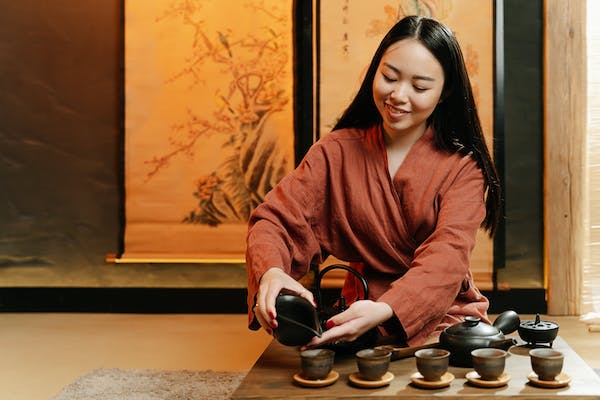
The Japanese
The history of Kyusu can be attributed to Nagatani Soen, a Japanese craftsman who revolutionized the way
Nagatani Soen’s innovation played a vital role in the Japanese tea ceremony and contributed to the country’s rich tea culture. Today, Kyusu teapots come in various styles and materials, including clay and porcelain, each contributing its unique qualities to the brewing experience.
Understanding the history of the Japanese
Types of Japanese Tea Pot Kyusu
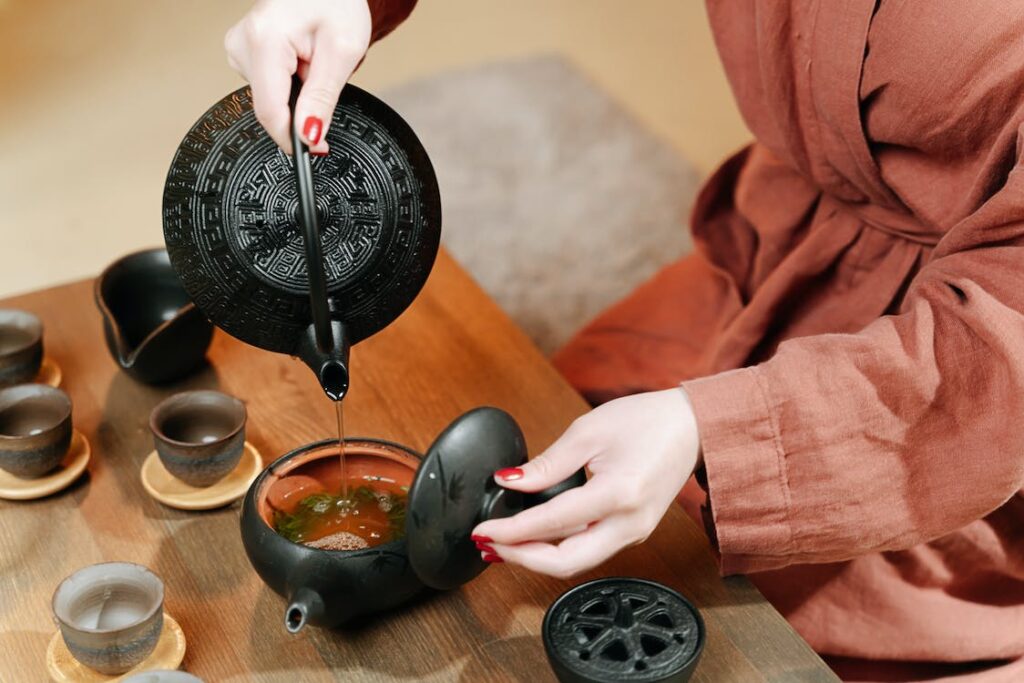
When it comes to Japanese
- Yokode Kyusu: This style is characterized by its side handle and tilted spout, allowing for easy pouring without straining the wrist. Yokode Kyusu teapots are popular for their ergonomic design and are often made from high-fired clay or porcelain.
- Ushirode Kyusu: Ushirode Kyusu features a handle located at the back of the teapot, making it easier to pour hot water without the risk of burning your fingers. This design is renowned for its practicality and is often made from traditional Tokoname clay, known for its ability to retain heat.
- Hohin Kyusu: The Hohin Kyusu is a small teapot used for brewing high-quality, delicate teas. It typically does not have a handle and requires careful attention to the brewing time and water temperature.
- Flat Kyusu-Style Teapot: As the name suggests, this type of teapot has a flat shape, allowing for even heating and efficient extraction of flavor from the
tea leaves. It is often made from clay and is favored for its ability to deliver a well-balanced brew.
The choice of Japanese
Yokode Kyusu
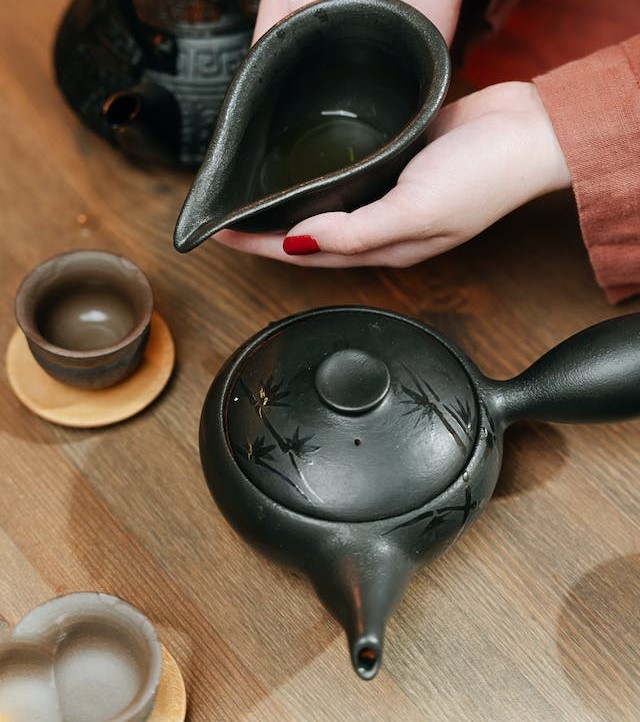
Among the three main styles of Japanese
Ergonomic Design for Effortless Pouring
The Yokode Kyusu’s ergonomic shape is specially crafted to make pouring effortless and strain-free. The side handle allows for a natural grip, ensuring a comfortable and steady pour every time. With its well-balanced weight distribution, you can confidently pour
Generous Capacity and Built-in Strainer
This teapot often boasts a relatively generous capacity, ranging from 200 ml to 500 ml, making it suitable for both solo
Timeless Design and Functionality
Whether you’re a seasoned tea connoisseur or want to elevate your tea brewing experience, the Yokode Kyusu offers both elegance and functionality. Its timeless design and ergonomic features make it a standout choice for any
Key Features to Consider
Consider these key features when selecting your Yokode Kyusu: the Japanese
Ushirode Kyusu
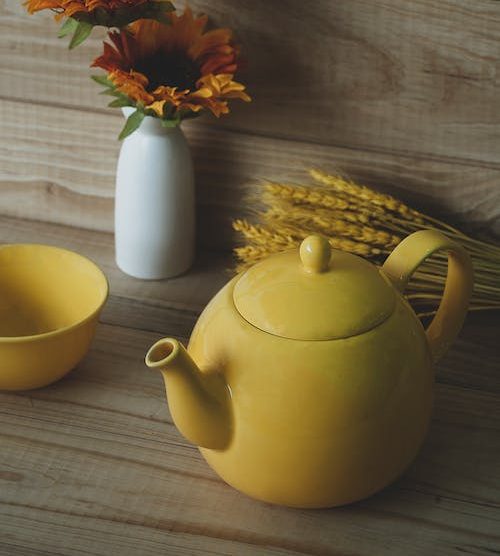
The Ushirode Kyusu teapot is a unique and distinct style of Japanese
Functionality and Comfort
One of the key characteristics of the Ushirode Kyusu is its functionality. The back-handle design allows for a secure and comfortable grip, making pouring hot water into the teapot easy without straining your wrist. This makes it an excellent choice for those who prefer a more ergonomic and user-friendly teapot.
Larger Capacity
Another standout feature of the Ushirode Kyusu is its capacity. These teapots often have a slightly larger volume than Yokode Kyusu teapots, ranging from 300 ml to 700 ml. This makes the Ushirode Kyusu perfect for
Sleek and Elegant Design
In terms of design, the Ushirode Kyusu boasts a sleek and elegant appearance. Its back handle adds a touch of uniqueness and sets it apart from other types of Kyusu teapots. Many Ushirode Kyusu teapots also feature beautiful and intricate hand-painted designs, adding an aesthetic element to your
Overall, the Ushirode Kyusu offers a combination of functionality, capacity, and design. Its back-handle design, larger capacity, and unique aesthetic make it a standout choice for
Porcelain Teapots
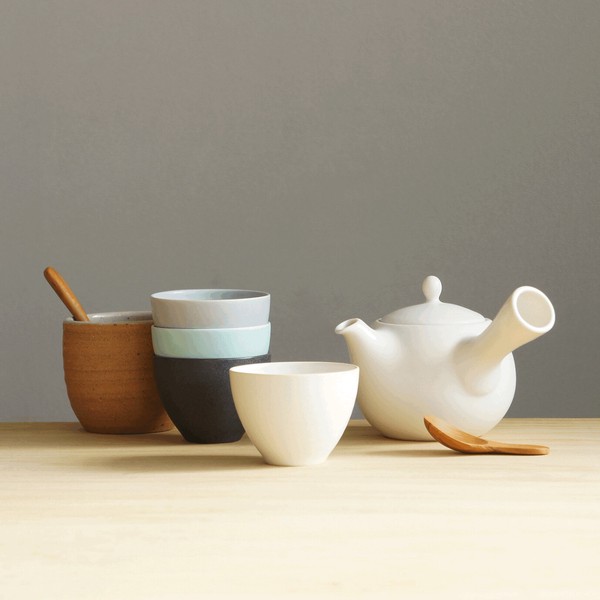
Porcelain teapots are known for their elegance, durability, and ability to enhance the flavors of teas. Porcelain’s smooth and non-porous nature makes it an ideal material for brewing
Meticulous Craftsmanship and Design Variety
A wide range of handmade porcelain teapots are crafted with meticulous attention to detail. Some collections include various styles and designs, allowing you to find the perfect teapot to suit your personal taste and brewing preferences. Whether you prefer a classic and minimalist design or a more intricate and decorative one, porcelain teapots are sure to impress.
Versatility for All
Porcelain teapots are a popular choice among
Aesthetic Appeal for
In addition to their functionality, porcelain teapots are also a beautiful addition to any
 Dujust Japanese White Porcelain Tea Set
Dujust Japanese White Porcelain Tea Set - Material: Porcelain
- Weight: 2.46 pounds
- Teapot Capacity: 560 ml
- Teapot Dimensions: 13 cm x 11.5 cm
- Cup Capacity: 155 ml
- Cup Dimensions: 6.5 cm x 6.5 cm
- Tray Dimensions: 33 cm x 22 cm
- Elegant and exquisite design
- High-quality white porcelain
- Delicate and intricate patterns
- Lightweight and easy to handle
- Suitable for solo or group tea sessions
- Fragile glass requires careful handling and cleaning
The Tokoname Clay Teapot
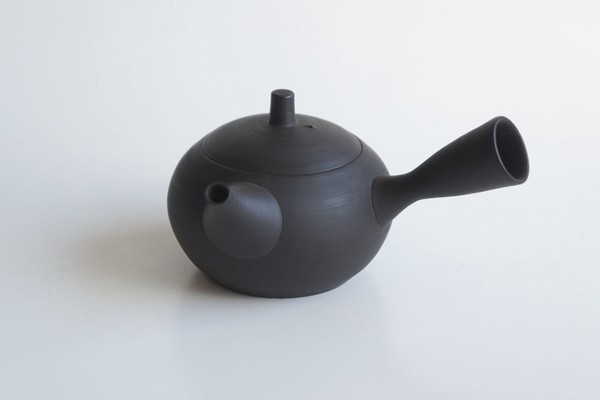
The Tokoname Clay Teapot is a popular type of Japanese Tea Pot Kyusu that’s highly sought after by tea enthusiasts. Made of clay, these teapots are known for their exceptional quality and ability to enhance the flavor of green teas.
Clay’s Interaction for Enhanced Aroma and Flavor
The clay used in Tokoname teapots is rich in minerals, which interact with the
Unique Variations with Distinct Features
There are various variations of the Tokoname Clay Teapot available, each with its unique features. For example, the Tokuta Marugata Kyusu is a classic round-shaped teapot that is perfect for brewing all types of
Convenient Built-in Metal Strainer
Another popular variation is the Tetsuhachi Kyusu, which features a built-in metal strainer. This eliminates the need for a separate
Perfect Choice for Green
If you are a fan of green teas and want to elevate your
Handmade Kyusu
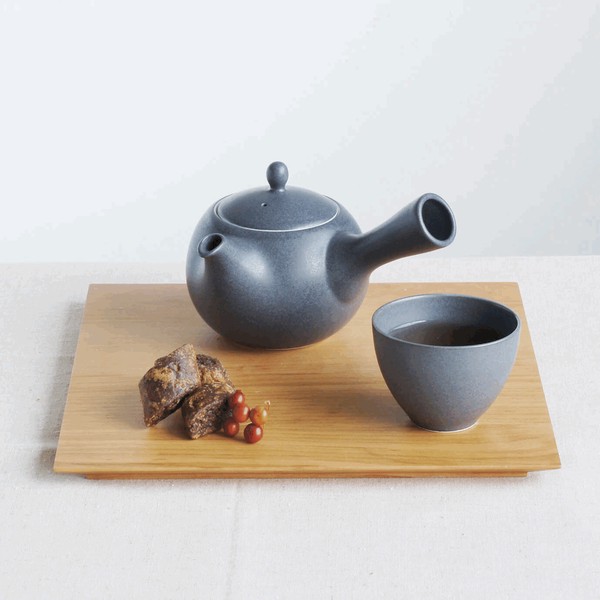
The Handmade Kyusu is a remarkable teapot that combines unique features and exquisite craftsmanship. Made by skilled artisans, these clay teapots are a testament to traditional techniques and dedication to quality.
Meticulous Craftsmanship and Clay Selection
Each Handmade Kyusu is meticulously crafted with precision and care. The clay used is carefully selected for its quality and ability to enhance the
Diverse Styles and Designs
There are various styles and designs available, each showcasing the beauty and elegance of the Handmade Kyusu. From the classic round-shaped teapots to the more modern and sleek designs, there is a teapot to suit every taste and preference. The attention to detail in the craftsmanship is evident in the intricate patterns and delicate handle designs.
A Piece of Art and
When you choose a Handmade Kyusu, you are not only getting a teapot but also a piece of art and a connection to the rich tradition of Japanese
Elevate Your
Experience the beauty and craftsmanship of a Handmade Kyusu and elevate your
Tea Types and Infusion Times
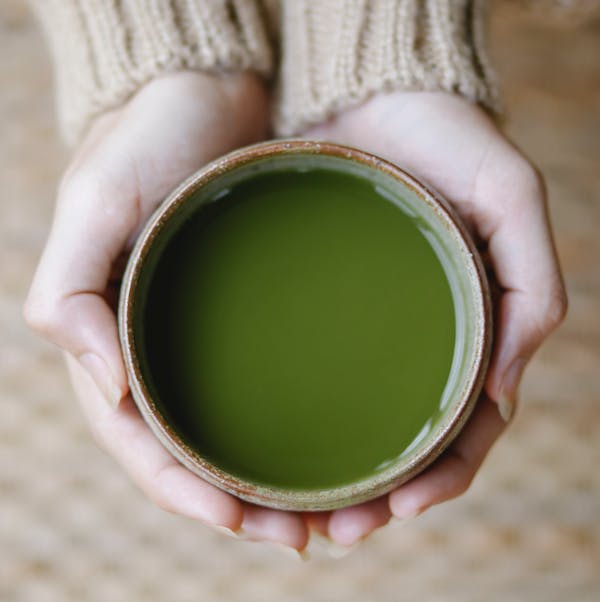
When using a Japanese
- Green teas, known for their freshness and vegetal flavors, typically require a shorter infusion time of around 1-3 minutes. This ensures that the delicate leaves don’t become bitter or astringent.
- Black teas, on the other hand, benefit from a longer infusion time of 3-5 minutes to fully extract their bold and robust flavors. This allows the rich notes to develop without becoming overpowering.
- Oolong teas, which range from light and floral to dark and toasty, have an infusion time of 2-4 minutes. This versatile
tea category requires a bit of experimentation to find the perfect balance between flavors.
When it comes to traditional teas that pair exceptionally well with the Japanese
To get the best results, don’t be afraid to experiment with dosage, steeping time, and brewing temperatures. Adjusting these variables allows you to tailor the infusion to your preferences and truly enjoy the nuances of each
 Organic Koucha (black Tea) 100g
Organic Koucha (black Tea) 100g - Infused with delicate cherry blossom leaves, it offers a distinct and refreshing taste.
- Captures the fragrance of cherry blossoms, enhancing the tea-drinking experience.
- Black tea's inherent antioxidants could potentially contribute to overall health.
- Reflects the significance of cherry blossoms in Japanese culture, adding a touch of tradition to your cup.
- Cherry blossoms impart a visually appealing touch to the tea leaves.
- The cherry blossom infusion might not appeal to all taste preferences.
- Being a black tea, it contains high levels of caffeine, which might not be suitable for everyone, especially in large amounts.
- Availability might vary, as cherry blossom leaves are seasonal and might impact the supply.
Filtering the Tea Using Metal and Clay Filters
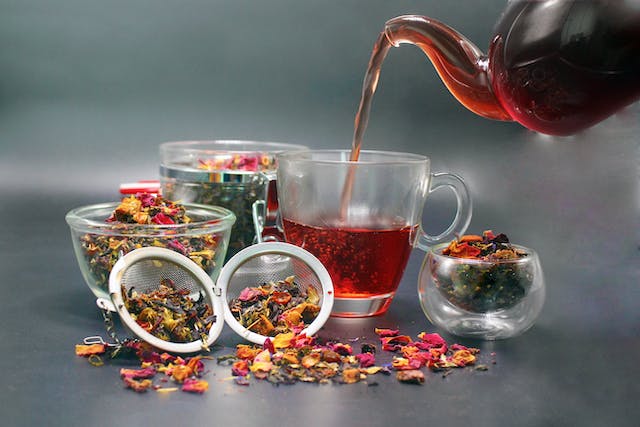
One of the key features of a Japanese
Metal filters are often found in yokode kyusu, which are teapots with a side handle, and they are known for their durability and effective filtration. Clay filters, on the other hand, are commonly used in ushirode kyusu, teapots with a back handle, and they provide a more traditional and authentic touch. Both types of filters effectively prevent
Additionally, some Japanese
Metal Filter
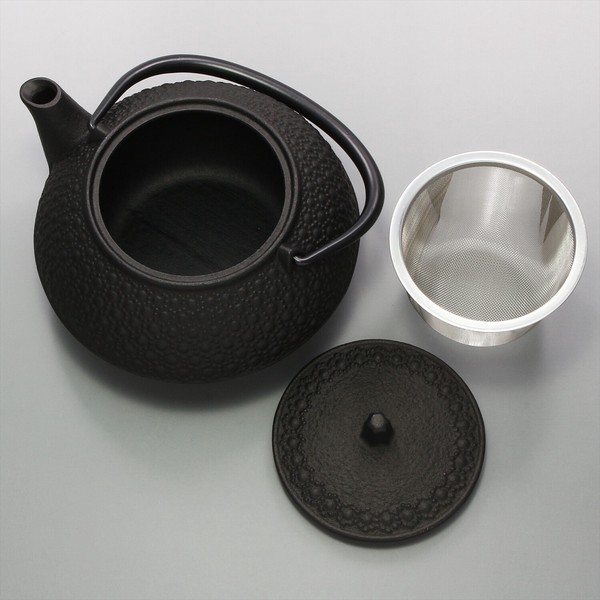
A metal filter plays a crucial role in the functionality and convenience of a Japanese
Straining
The primary purpose of a metal filter is to strain the
Handling Teas with Smaller Leaf Particles
One of the key advantages of a metal filter is its effectiveness in handling teas with smaller leaf particles. For example, fukamushi
Convenience and Simplicity for Beginners
For beginners, the inclusion of a metal filter in a clay teapot like the tokoname kyusu provides an added layer of convenience and simplicity. It ensures a hassle-free brewing experience, as the leaves stay contained within the pot, making it easy to clean up afterward.

Konnichiwa! (Hello!) I'm Pat Tokuyama, a Japanese tofu cookbook author, who travels for music, food, and adventure. If you like Japanese tea, checkout some of the newestorganic japanese tea, matcha bowls and noren and more!
** Curious about the Plant Based Japanese Cooking Club? ** Learn more here!
Clay Filter
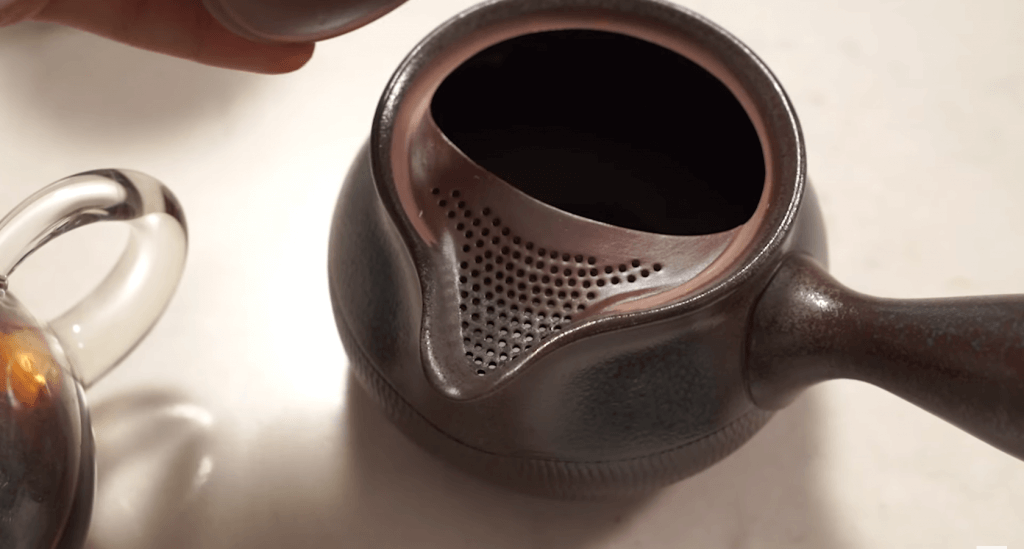

On the other hand, clay filters, carved directly into the teapot, are favored by Japanese
Authentic and Traditional Brewing Experience
Clay filters, found in teapots preferred by Japanese
Control Over
One of the advantages of a clay filter is the ability to have more control over the flow of
Unique Aesthetic Appeal
Clay filters add a unique aesthetic appeal to the Japanese
Care and Maintenance
It’s important to note that clay filters require additional care and maintenance compared to metal filters. To prevent clogging and ensure optimal performance, regular cleaning and occasional inspection of the filter are necessary. Proper handling and storage of the Japanese
Ultimately, the choice between a metal filter and a clay filter comes down to personal preference and the desired brewing experience. Metal filters offer convenience and simplicity, while clay filters cater to those seeking a more traditional and refined
Preparing Loose Tea Leaves in a Japanese Tea Pot Kyusu
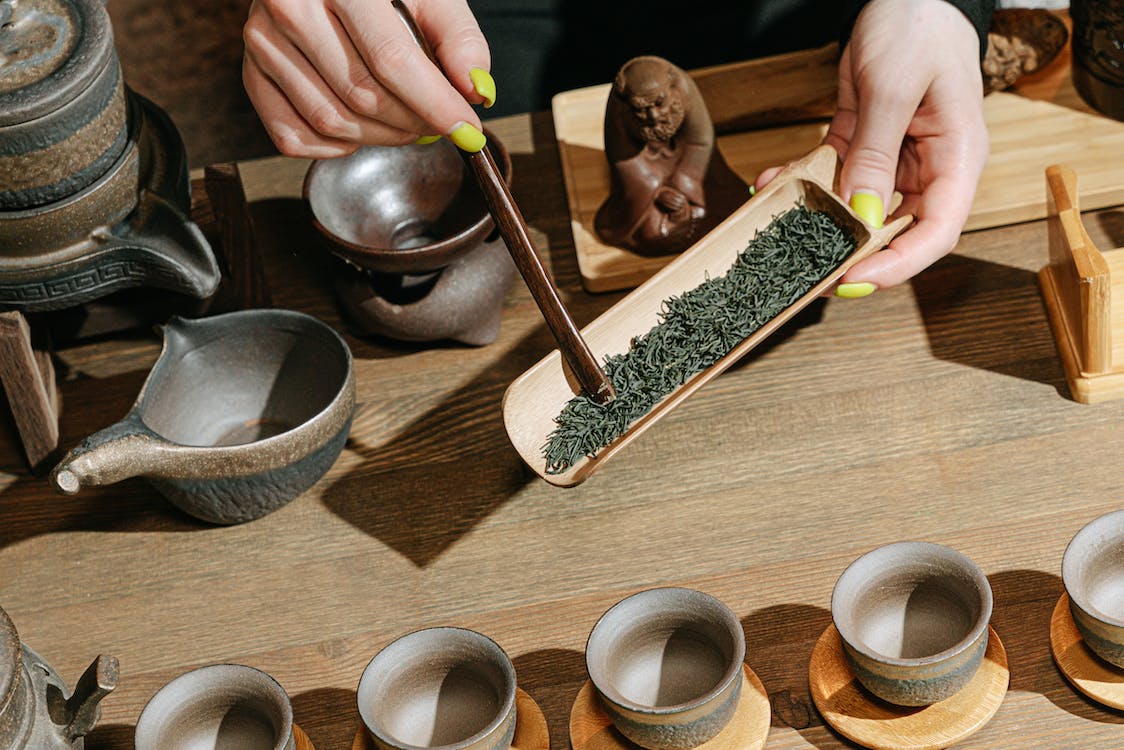

When it comes to preparing loose tea leaves for brewing in a Japanese
- Measuring the Right Quantity of
Tea Leaves
First, measure the appropriate quantity of
- Preheating the Japanese
Tea Pot Kyusu
Next, preheat your Japanese
- Placing the
Tea Leaves
Gently place the measured
- Infusion Time and
Tea Types
Infusion time varies based on the type of
- Enjoying Multiple Infusions
One advantage of using a Japanese
- Pouring and Serving Techniques
To properly serve the
By using the appropriate quantity of loose leaves, following the recommended infusion times, and mastering the pouring and serving techniques, you can truly appreciate the beauty and flavors of different tea types in a Japanese
 Organic Authentic Hojicha Loose Leaf Tea from Japan
Organic Authentic Hojicha Loose Leaf Tea from Japan Indulge in the exquisite world of Organic Authentic Hojicha Loose Leaf Tea from Japan by SEI MEE TEA. Crafted through a meticulous roasting process, our hojicha brings forth a delightful roasted flavor with a subtle sweetness. Revel in the soothing aroma and the reduced caffeine content, making it an ideal evening tea. Choose from our range: 100% organic Hojicha loose leaf tea, Hojicha Red Rose blend, or Hojicha powder. Elevate your tea experience—click now to explore the unique nuances of each product.
Japanese Tea Pot Kyusu Care and Cleaning
Caring for and cleaning your Japanese
- After each use, rinse the Japanese
Tea Pot Kyusu with only hot water. Avoid using soap or putting it in the dishwasher, as this can affect the taste and aroma of yourtea . - Gently scrub the inside of the teapot using a soft brush or sponge to remove any remaining
tea residue. Be careful not to apply too much pressure, as it may damage the delicate surface of the teapot. - Rinse the teapot with hot water again to ensure all traces of
tea are washed away. - After washing, it is crucial to let the teapot air dry fully before storing it. Placing it near a heat source, such as a stovetop or microwave, can lead to cracking or damage.
- To prevent any potential clogging or odor, it is advisable to store the Japanese
Tea Pot Kyusu with the lid off, allowing proper ventilation.
By following these care and cleaning guidelines, you can ensure that your Japanese
Final Words
In conclusion, the Japanese
The choice between metal and clay filters caters to individual preferences, providing convenience or a more authentic touch. To fully appreciate the artistry and history behind the Kyusu, understanding its types, materials, and care rituals enhances the journey into the world of Japanese
Ready to embark on your

Experience the enchantment of Nambu Tetsubin, a cast iron tea pot celebrated for timeless elegance. Immerse yourself in Japanese artistry, elevating your tea rituals with its alluring charm. Originating from Morioka City, these tea pots boast exceptional craftsmanship and durability. Explore Nambu Tetsubin today and elevate your tea experience with tradition and taste!
Buy NowPros:- Cast iron Japanese tea pots are known for their exceptional heat retention, ensuring your tea stays hot for an extended period.
- The porous nature of cast iron interacts with tea flavors, resulting in a deeper and more nuanced taste over time.
- Cast iron tea pots are highly durable and can last for generations with proper care, making them potential heirlooms.
Cons:- Cast iron tea pots can be heavy, making them less convenient for those who prefer lightweight options or have mobility issues.
- Some cast iron tea pots require regular seasoning to prevent rust and maintain their seasoning layer, which might be time-consuming for some users.
- Authentic cast iron Japanese tea pots can be relatively expensive due to their craftsmanship, which might not fit all budgets.

Elevate your tea rituals with authentic Japanese Nambu Tetsubin tea pots, blending timeless artistry with exceptional functionality. Uncover the rich history of these cast iron treasures, experiencing the legacy that has enchanted tea lovers for centuries. Dive into the captivating world of Nambu Tetsubin and enhance your tea experience. Explore Nambu Tetsubin today!
Buy NowPros:- The Nambu Tetsubin's high-quality cast iron construction ensures exceptional heat retention, keeping tea hot for an extended period.
- The porous nature of cast iron interacts with tea flavors, enriching the brew with a distinct richness and depth over time.
- Handcrafted by skilled artisans in Japan's Nambu region, each teapot is a testament to traditional artistry and cultural heritage.
Cons:- The cast iron material can make Nambu Tetsubin tea pots relatively heavy, which might not be ideal for individuals seeking lightweight options.
- Some Nambu Tetsubin tea pots have smaller capacities compared to other materials, potentially limiting the amount of tea they can hold.
- Authentic Nambu Tetsubin tea pots can be relatively expensive due to their craftsmanship, which might not fit every budget.
- The enamel-coated interior should be handled with care to avoid chipping or scratching, which could impact the aesthetics and use of the teapot.

Experience the authentic elegance of Nambu Tekki Japanese tea pots, blending timeless artistry with impeccable functionality. From alluring designs to exceptional heat retention, these treasures offer a transformative tea experience. Discover the cultural heritage and elevate your moments with Nambu Tekki's unmatched quality. Transport yourself to tranquility – explore Nambu Tekki today!
Buy NowPros:- The enamel-coated interior ensures that your tea's flavor remains untainted, delivering a clean and authentic taste with every sip.
- Handcrafted in the Nambu region, these tea pots exhibit a sleek and minimalist design that adds a touch of sophistication to your tea experience.
- The combination of durable materials and a lightweight structure makes the Nambu Tekki tea pot easy to handle and practical for daily use.
Cons:- The enamel interior requires gentle care to prevent chipping or cracking, which could impact its appearance and functionality.
- Compared to thicker cast iron pots, Nambu Tekki tea pots might have slightly lower heat retention properties, potentially leading to quicker cooling of the tea.
- Over time, enamel coatings might develop discoloration due to tea stains or hard water deposits, affecting the pot's appearance.







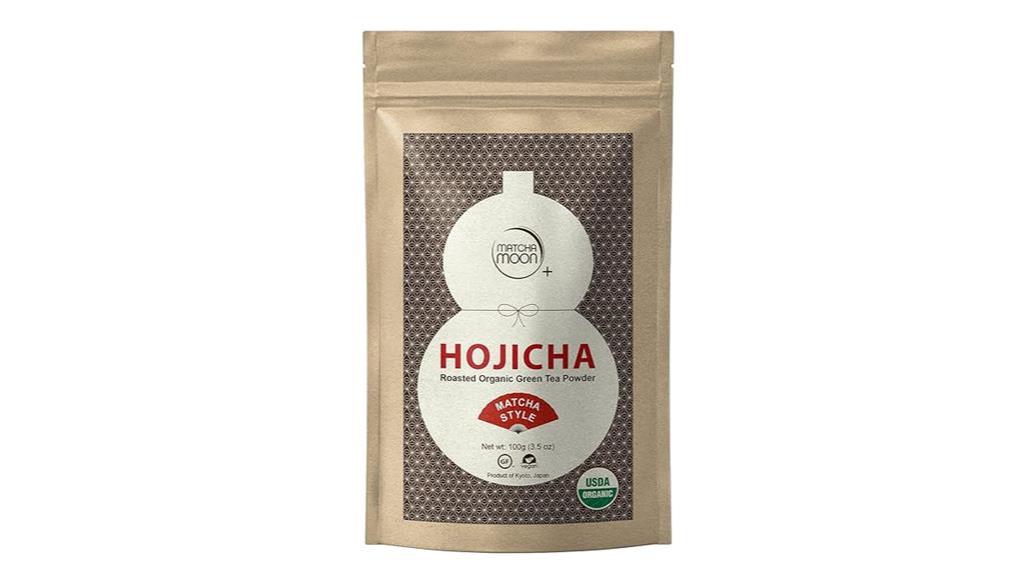


Konnichiwa! (Hello!) I'm Pat Tokuyama, a Japanese tofu cookbook author, who travels for music, food, and adventure. If you like Japanese tea, checkout some of the newestorganic japanese tea, matcha bowls and noren and more!
** Curious about the Plant Based Japanese Cooking Club? ** Learn more here!